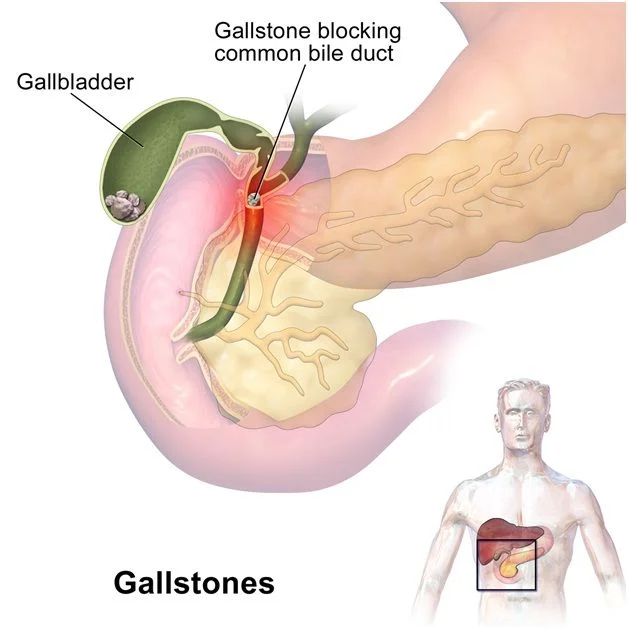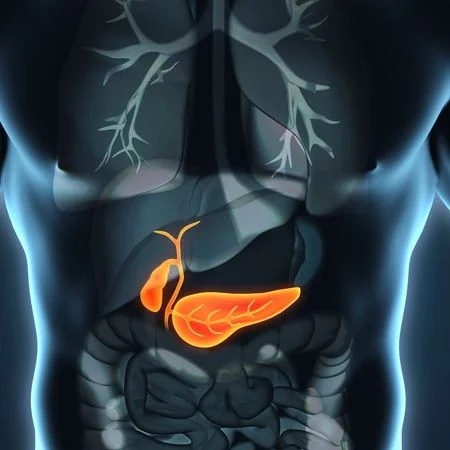
Laparoscopic Gallbladder removal surgery
Laparoscopic Cholecystectomy is performed under general anesthesia. In laparoscopic surgery, a telescope attached to a camera is inserted through a small incision that is made under the patient’s belly button. Three other small cuts are made (each no larger than the diameter of the pencil eraser) in the upper abdomen. The gall bladder is separated delicately from its attachments and then removed through one of the openings.
What is a GALL BLADDER STONES?
The gall bladder is a pear-shaped organ situated in the right side of the upper part of the abdomen that stores and concentrates the bile produced by the liver. It is attached to the undersurface of the right lobe of the liver. This concentrated bile is released from the gall bladder after food ingestion, especially fatty meals and helps indigestion.
These are stones formed within the gall bladder from cholesterol and bile salts present in the gall bladder. Gall stones can be cholesterol stones, pigment stones or a mixture of the two. Cholesterol stones are largely made of solidified cholesterol and pigment stones are dark stones made of bilirubin. Gall stones could be multiple or solitary, small or large.
Symptoms of Gallstones
Gastritis the most common symptoms of gallstone disease include abdominal bloating, belching, indigestion and nausea. It is often treated as gastritis in many people until an ultrasound scan of the abdomen reveals gall bladder stones as the culprit.
Pain in the upper abdomen, often more to the right and can move to the right shoulder blade or shoulder tip. The pain may come after meals, particularly fatty meals. Many people have woken up in the middle of the night with severe, unbearable pain, sometimes even mimicking a heart attack. These could be simple biliary colics or if the stone gets stuck in the cystic duct, it can cause swelling & infection if the GB called acute cholecystitis.

Frequently asked questions
Although laparoscopic surgery is minimally invasive and requires small incisions it is not minor surgery. Laparoscopic surgery is major surgery with the potential for major complications including bleeding and injury to the visceral organs, GI tract and bladder.
Laparoscopic surgeries require small incisions and are minimally invasive so the recovery time is typically less than surgeries performed through traditional methods. Patients can go home after doctors have checked for any side effects and the effects of the anesthesia have worn off.
After patients are discharged from the hospital, they undergo recovery at home. Keeping a few things in mind will ensure fast and proper recovery after laparoscopy:
(i) Avoid alcohol, fast food and driving for 1 to 2 days after the surgery
(ii) Ensure you are on bed rest for at least 3 days
(iii) You can remove the bandage the morning after the surgery but steri-strips should be removed 2-3 days after the surgery
(iv) You can resume bathing a few hours after the surgery
Typically laparoscopic surgery uses two to four small incisions of half an inch or less.
Laparoscopy used to diagnose a condition can take anywhere between 30 and 60 minutes. Laparoscopic surgery used to treat conditions can take longer depending on the type of surgery.


